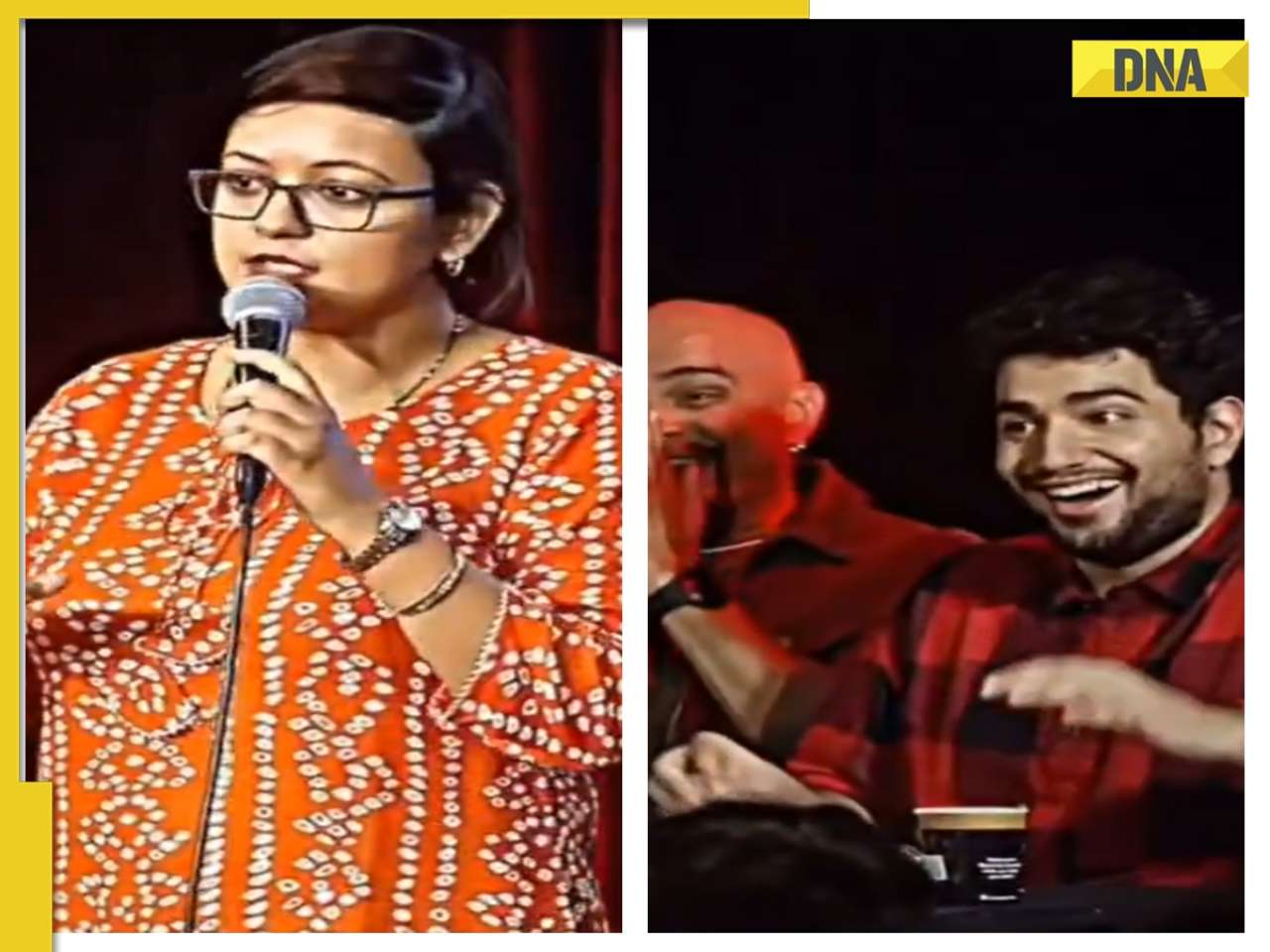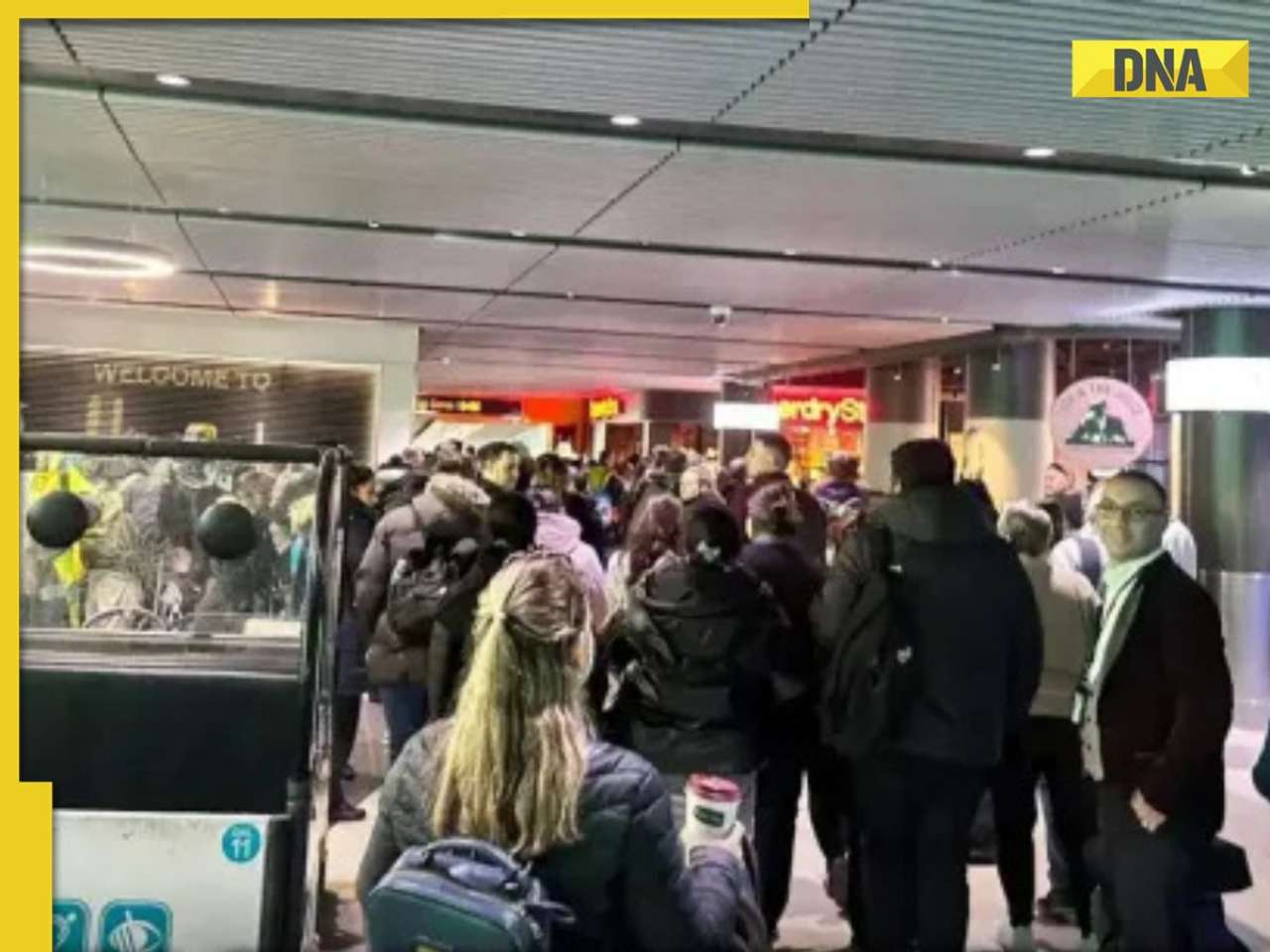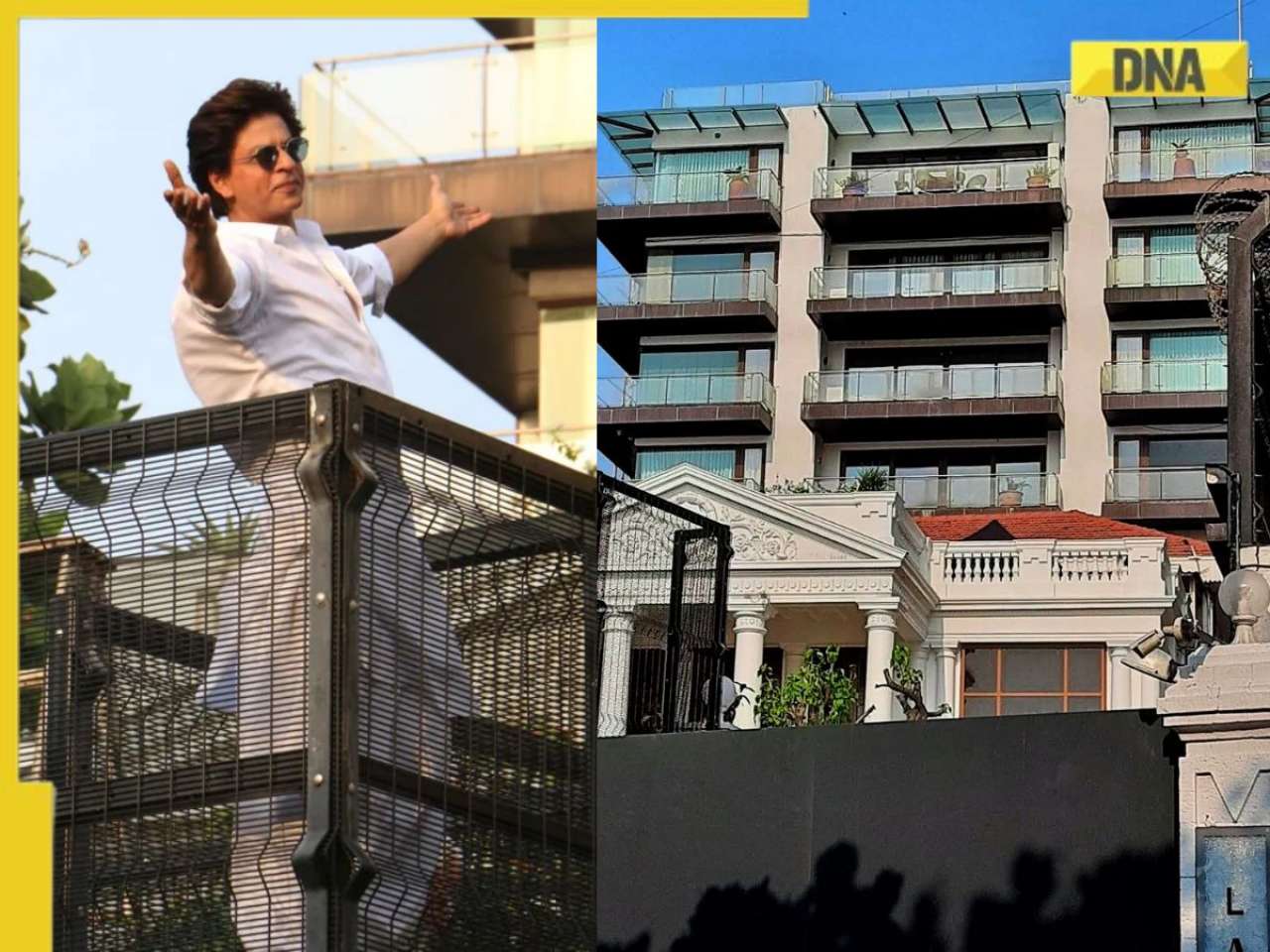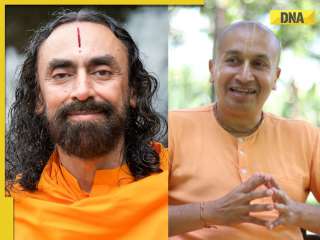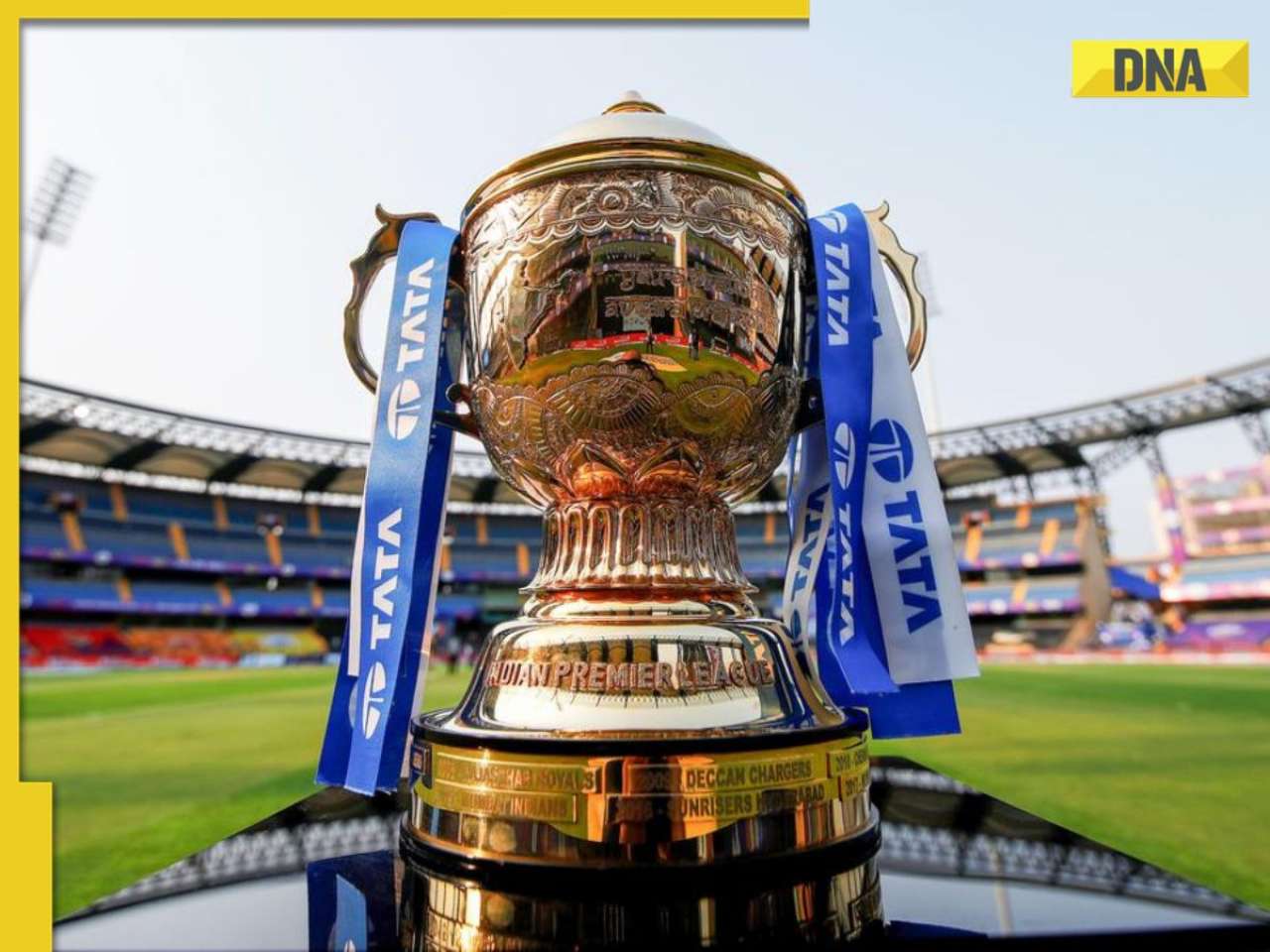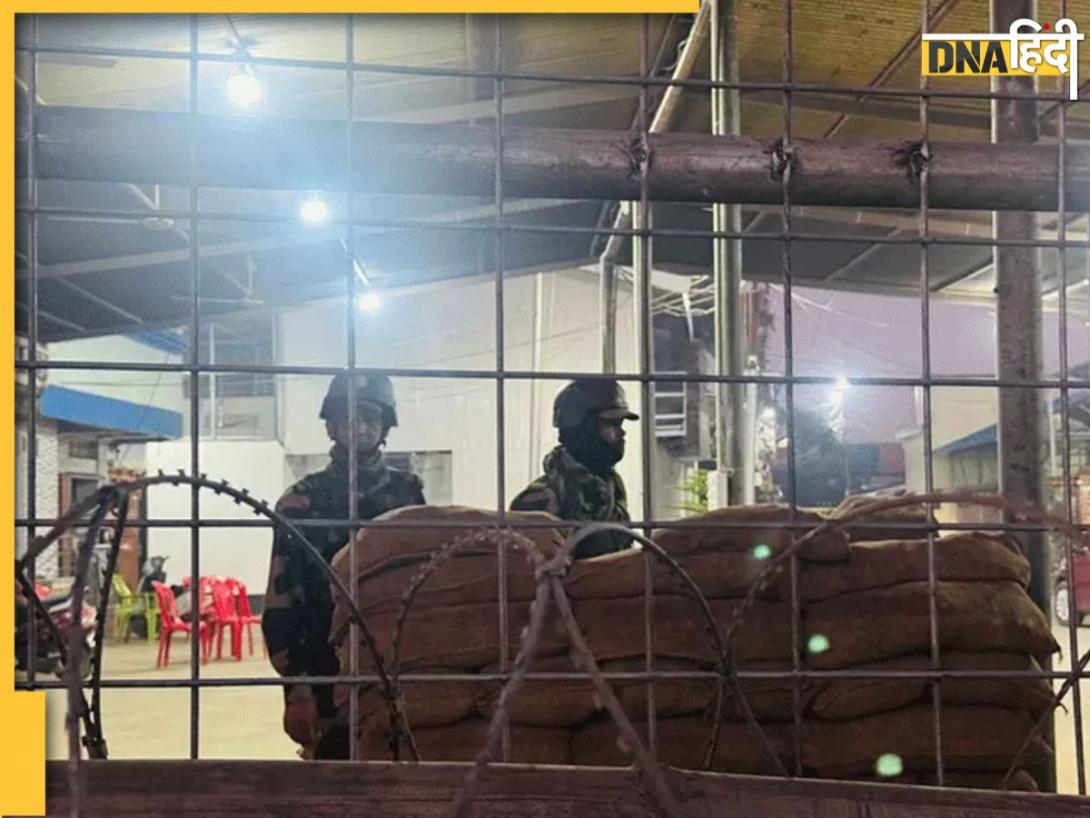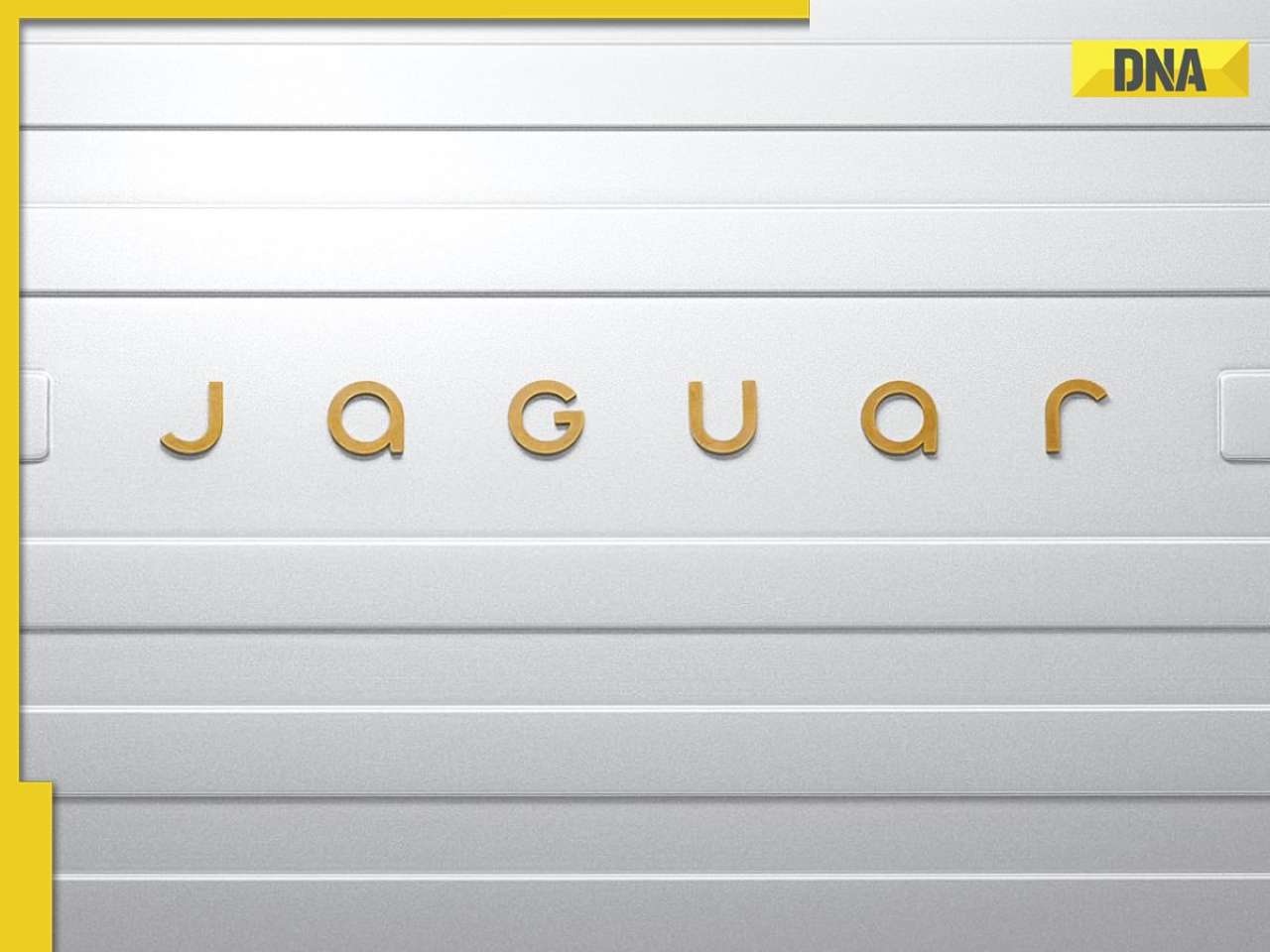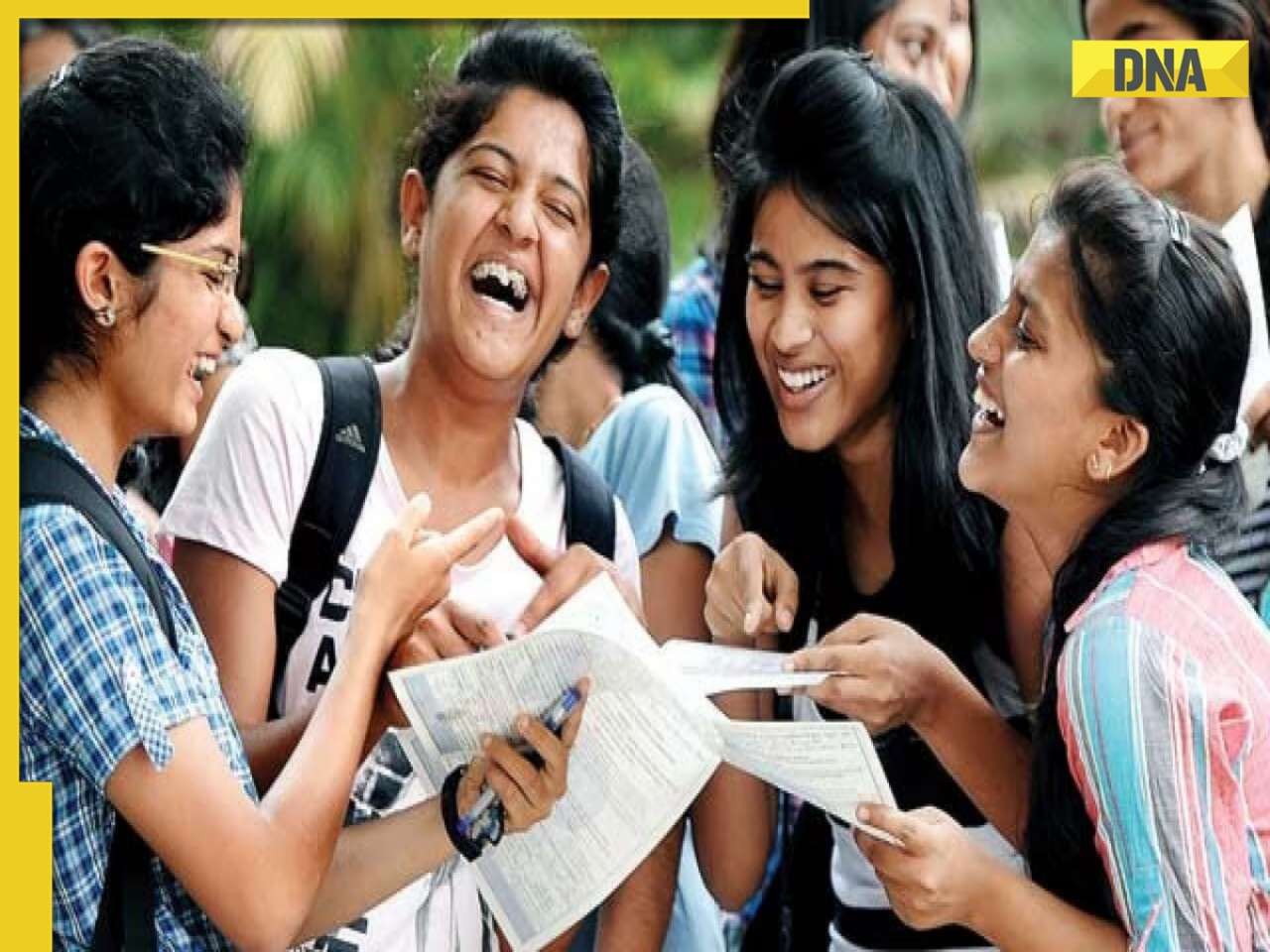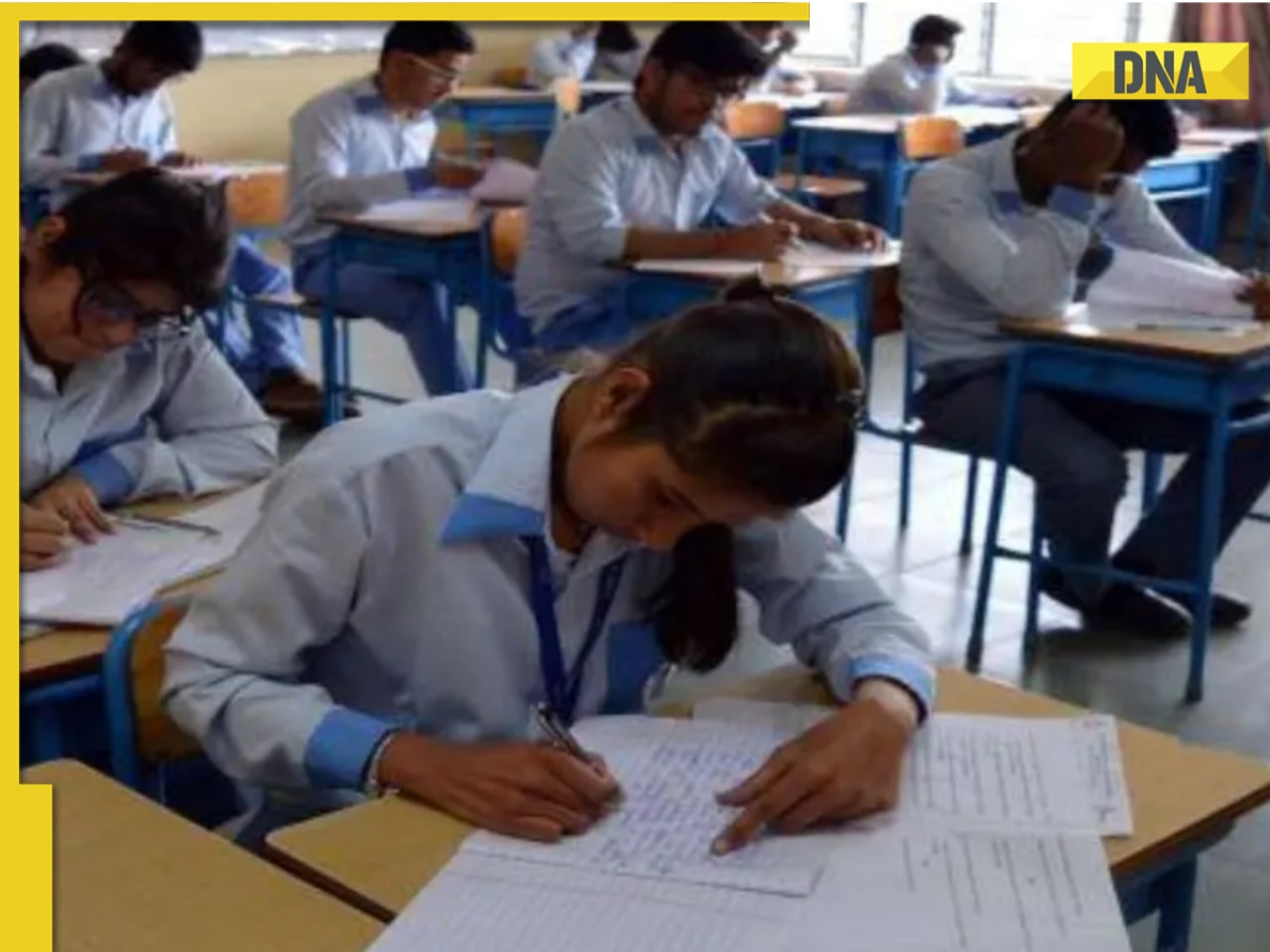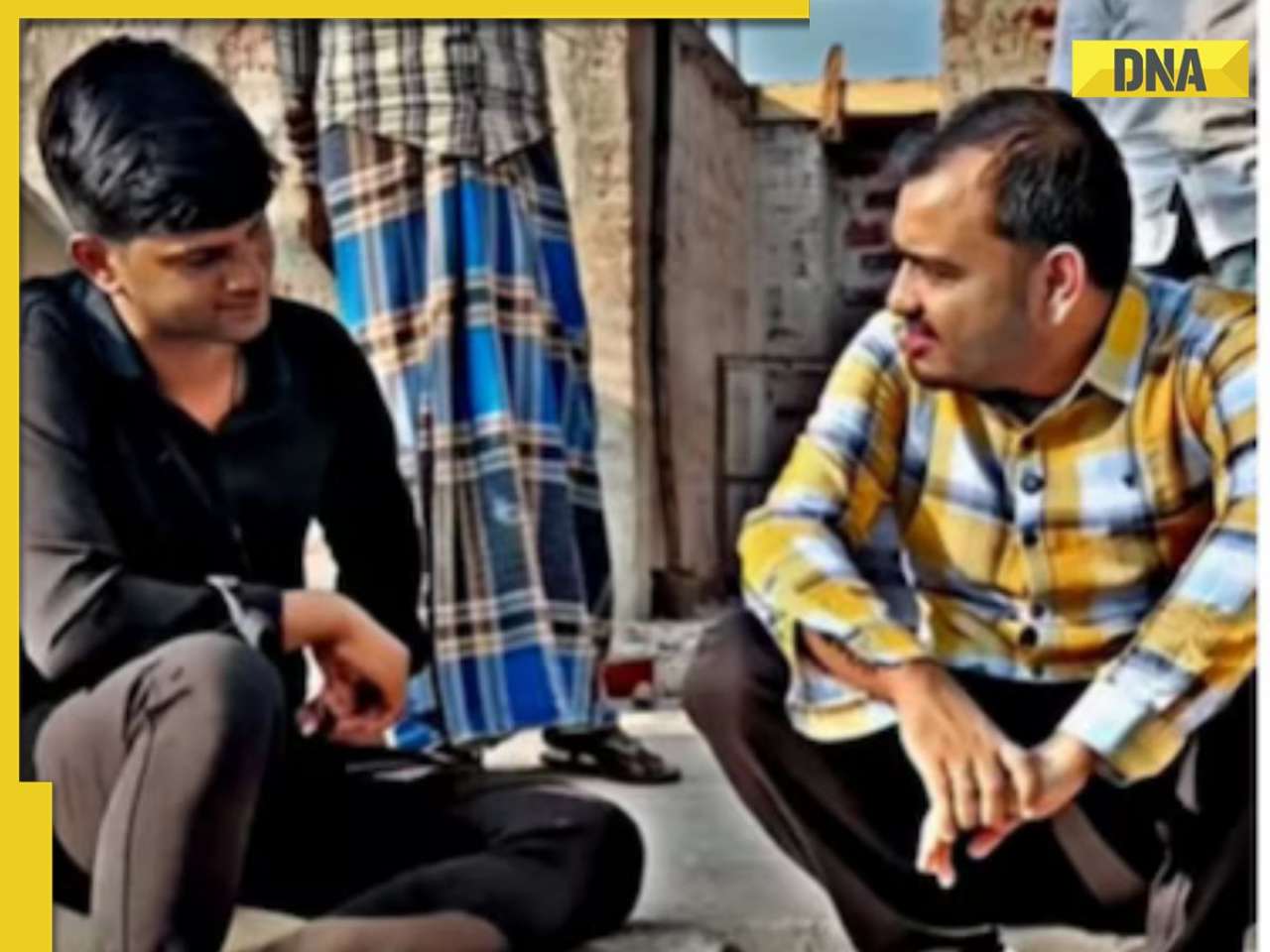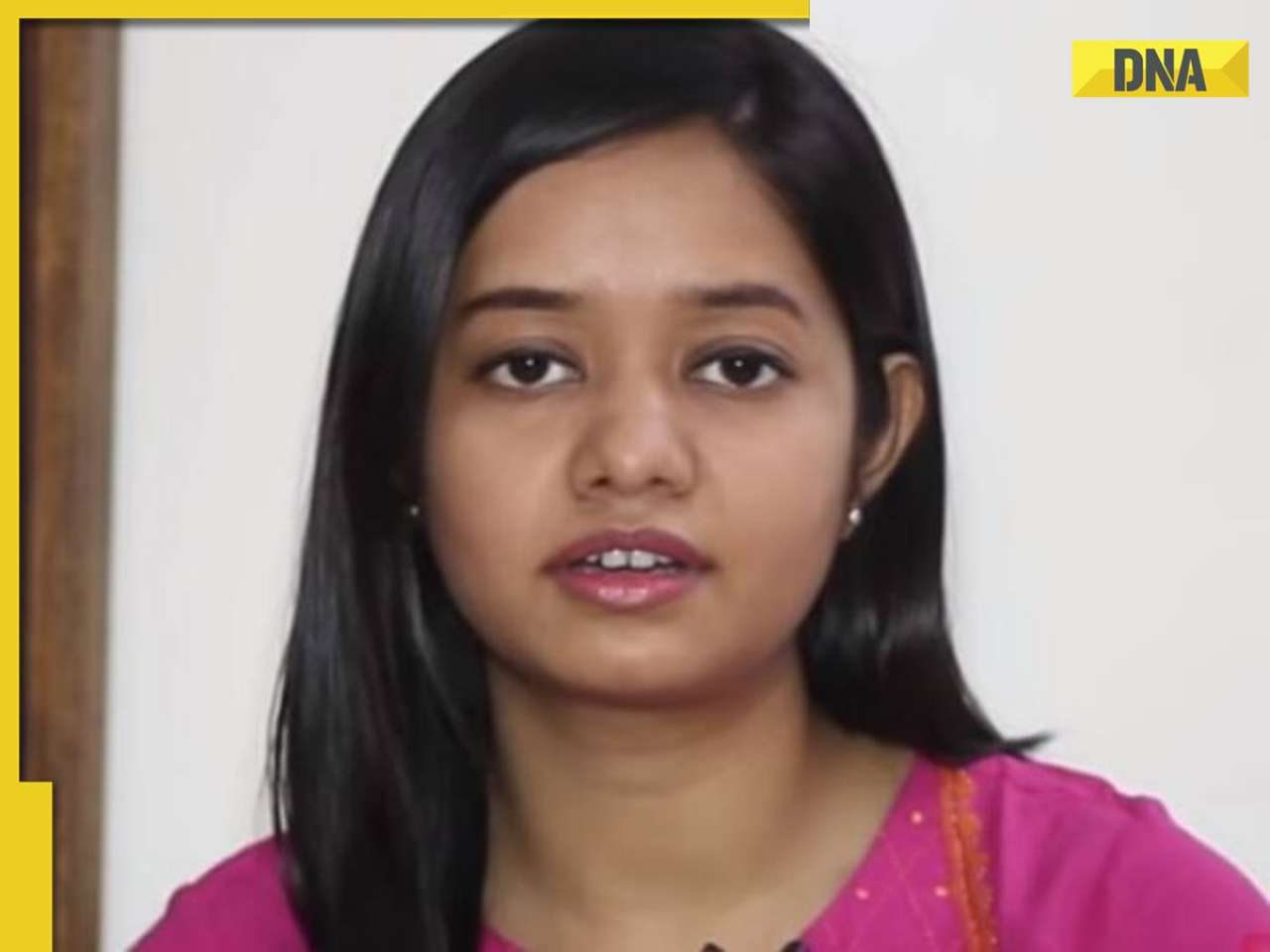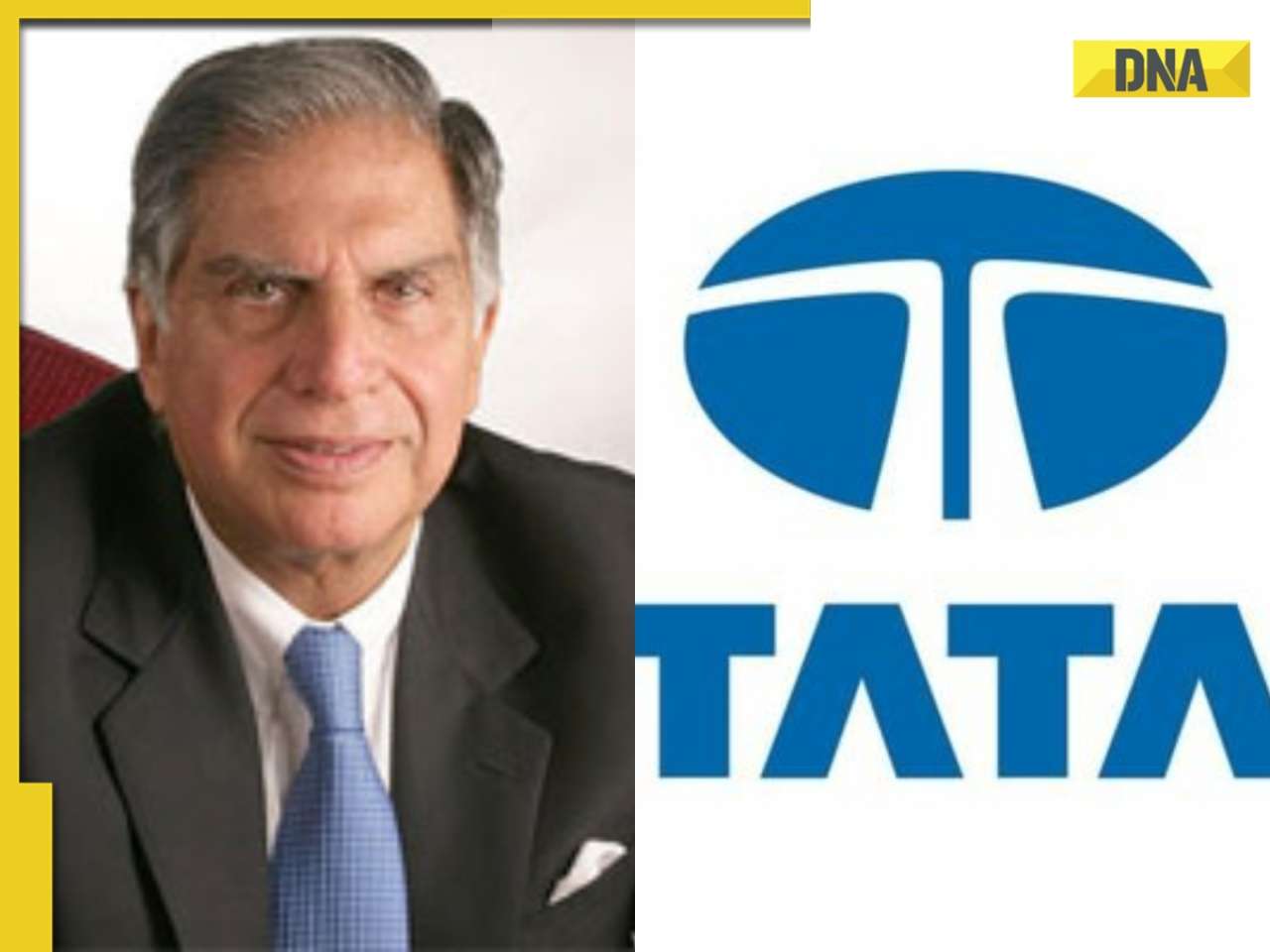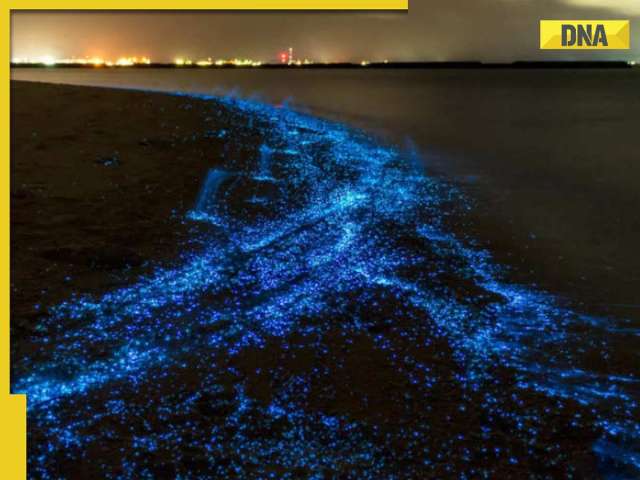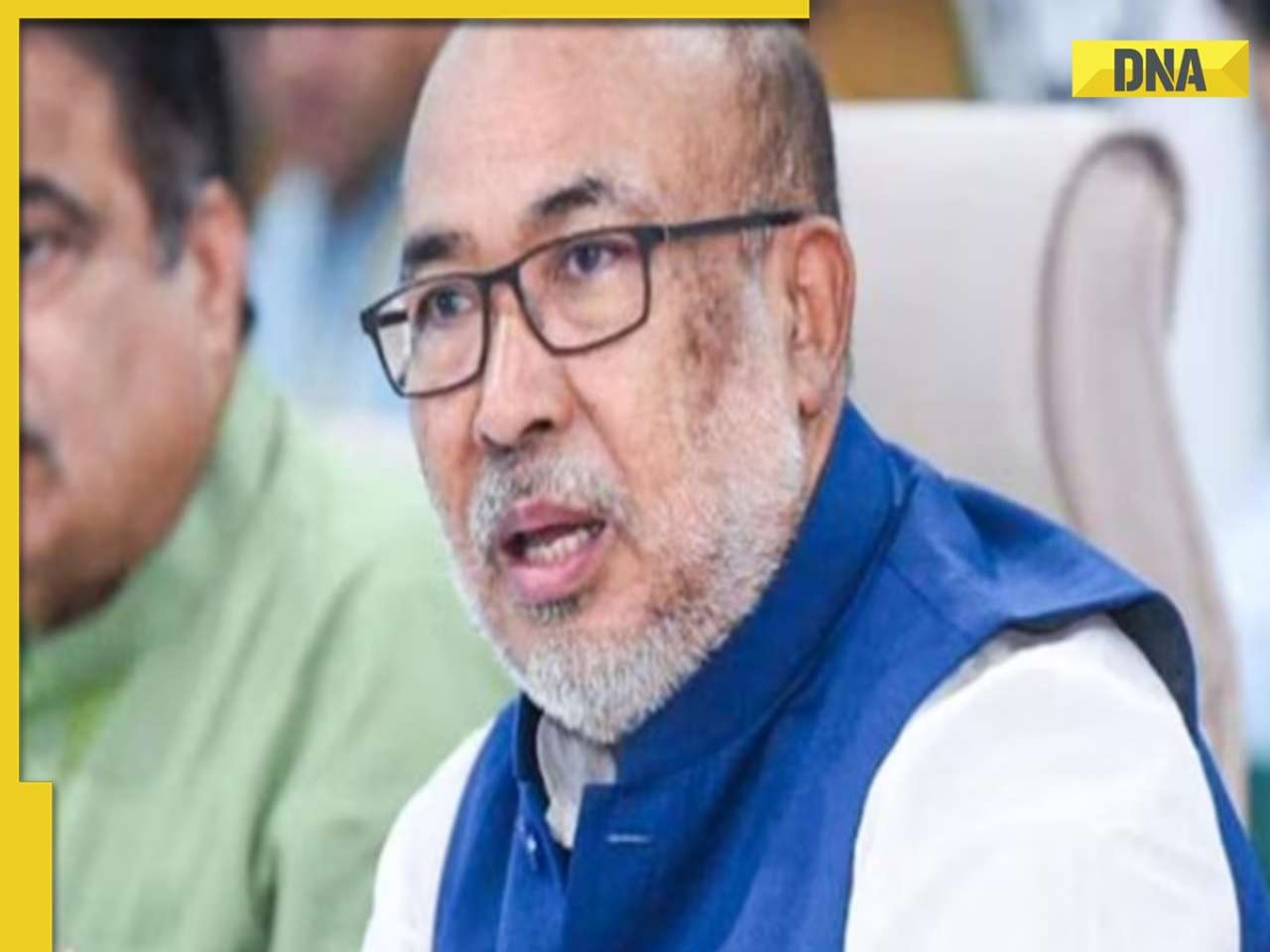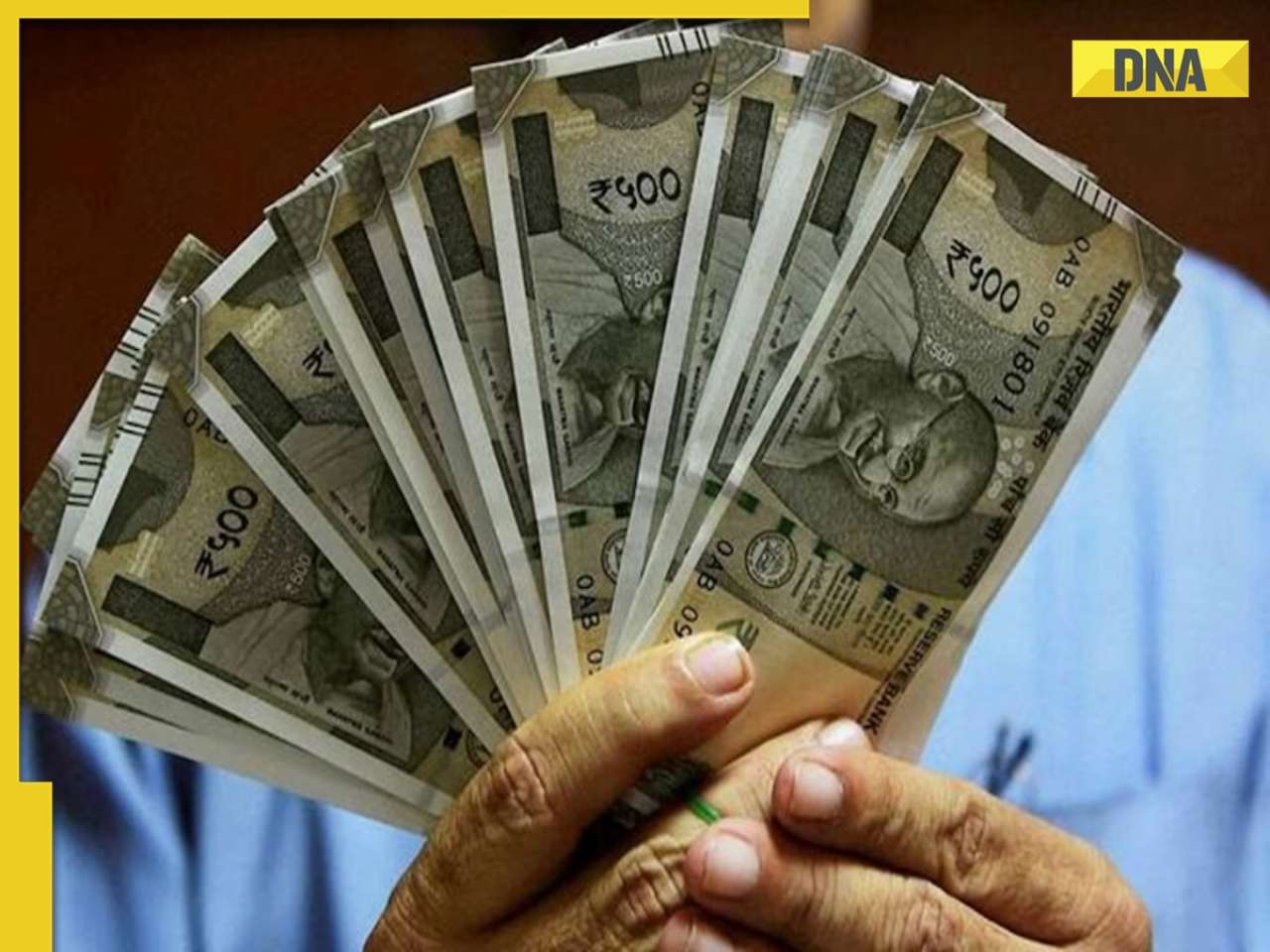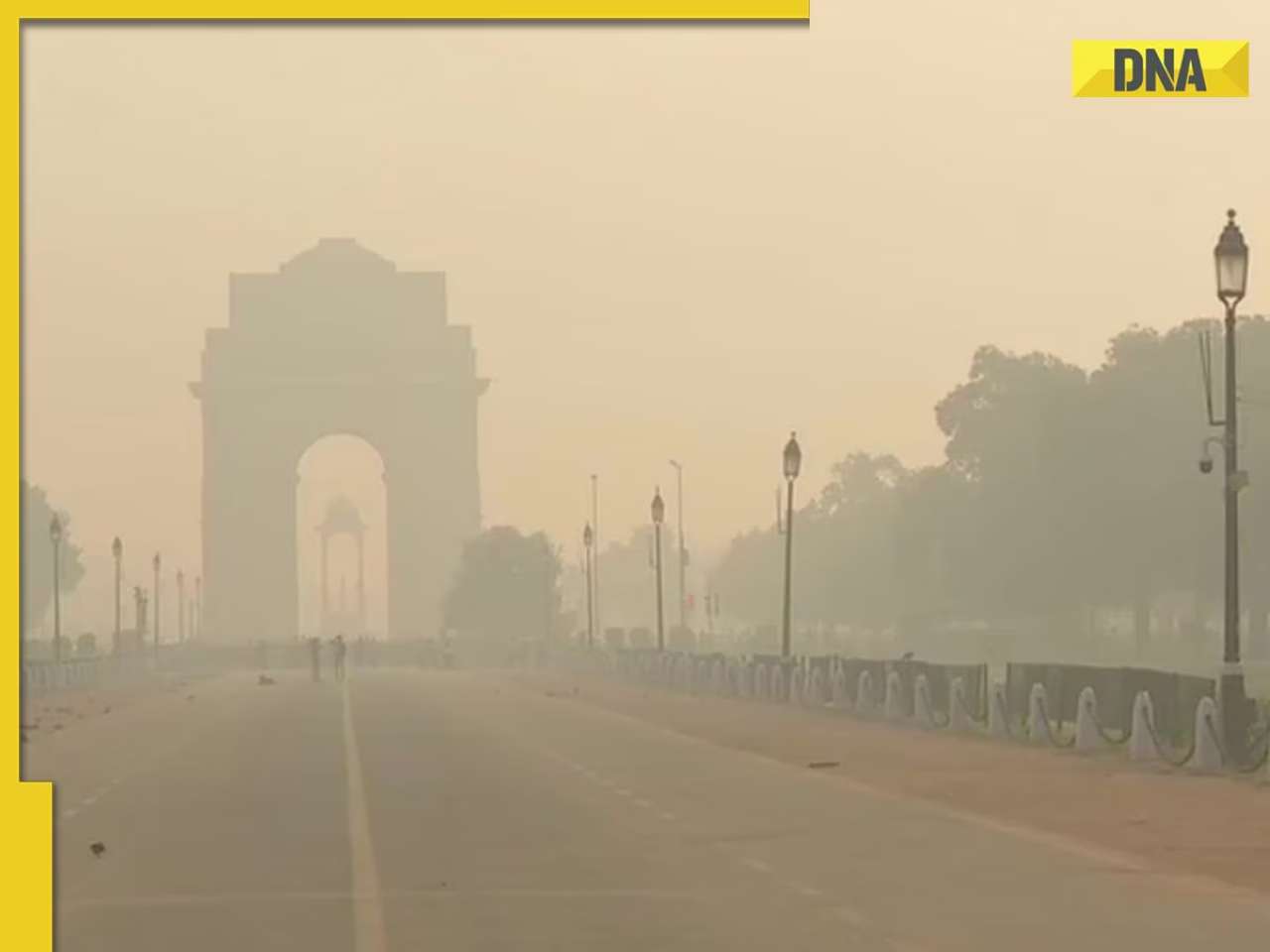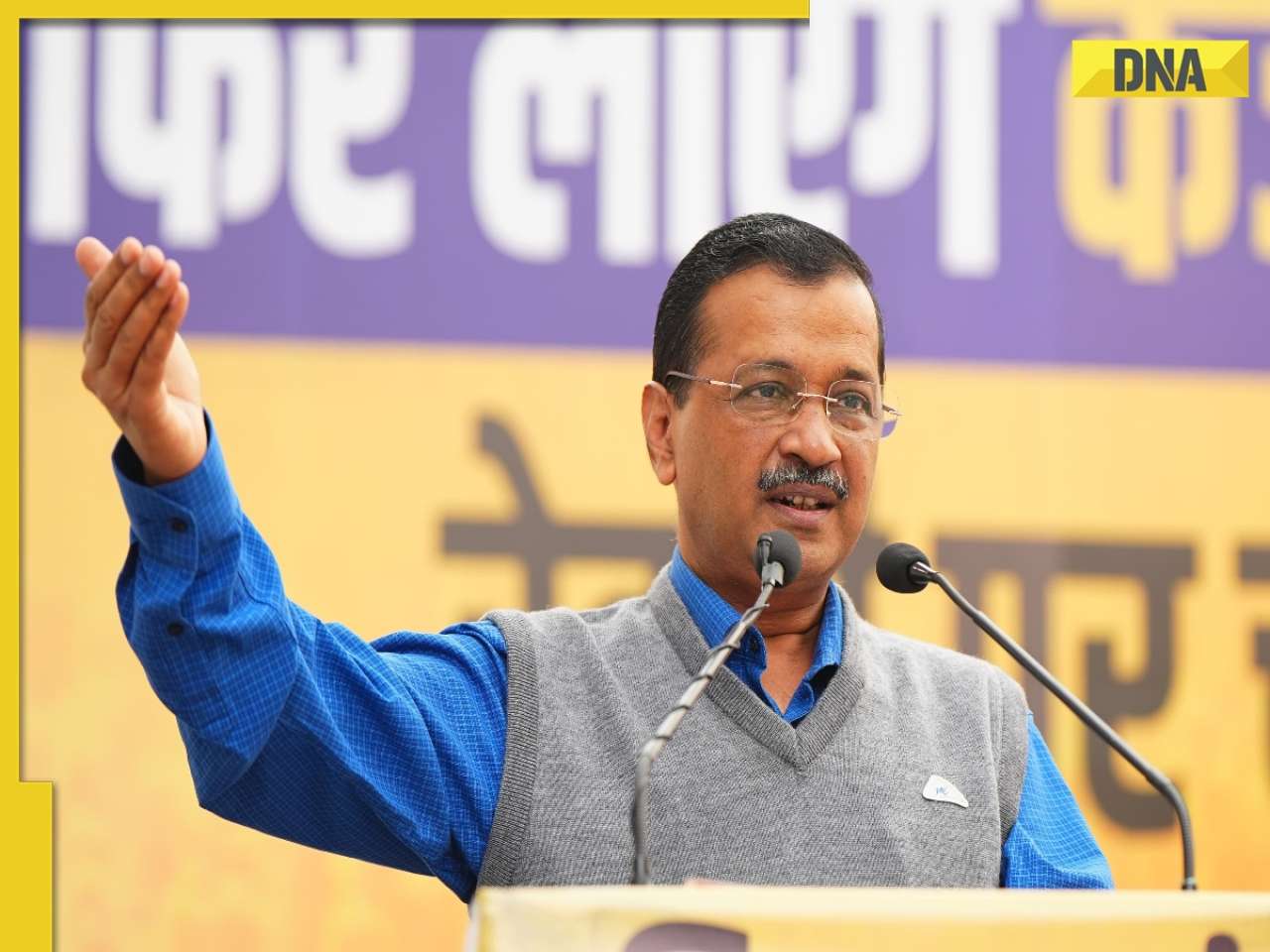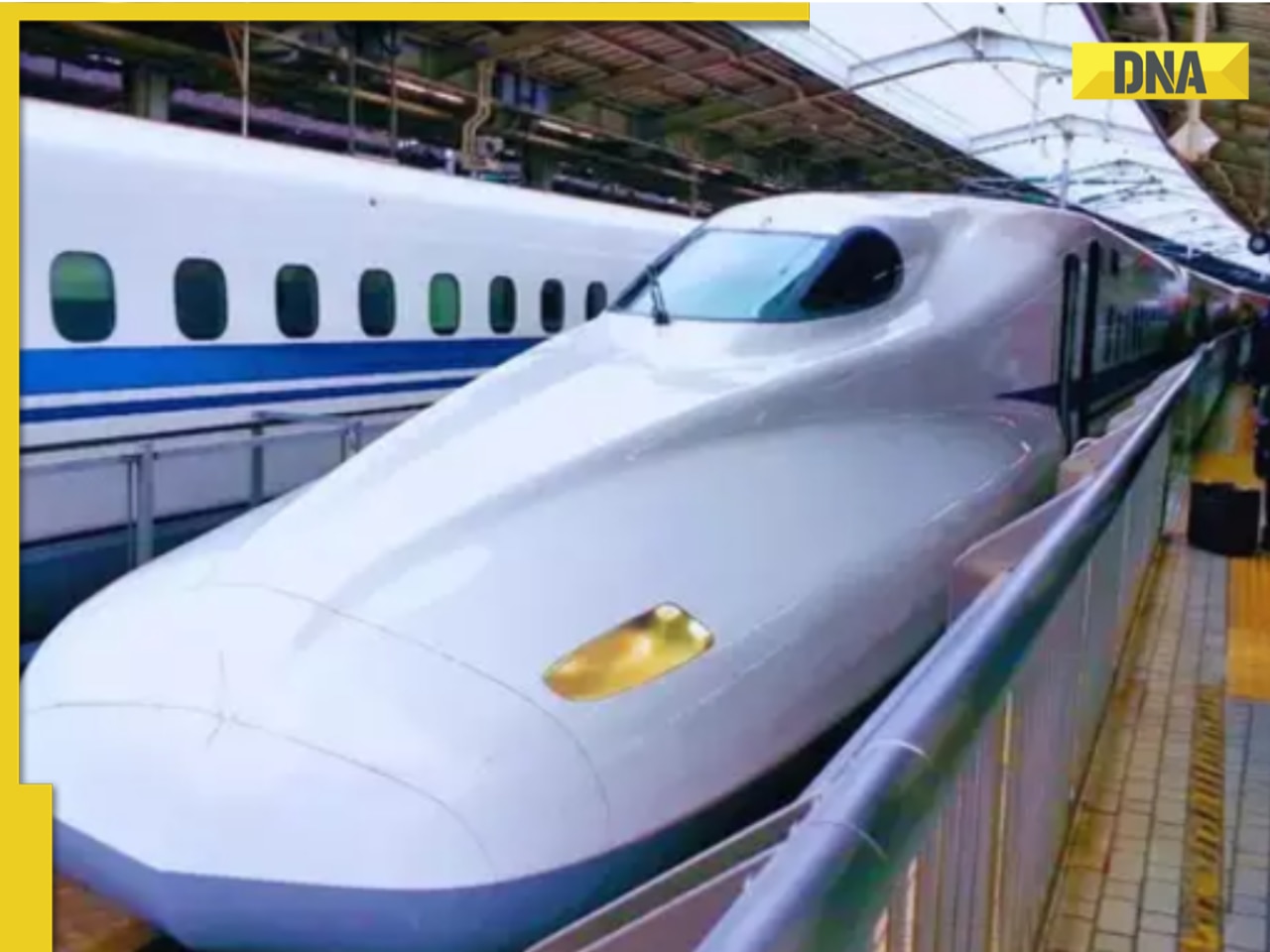- LATEST
- WEBSTORY
- TRENDING
ANALYSIS
India’s tryst with technology
Zinc mining in the Zawar mines of Mewar reveals the dawn of Industrial Revolution in 12th century CE
TRENDING NOW
Western culture is still basically Hellenic. Subconsciously or not much of our archaeology and ancient history is orientated around the classical Mediterranean world. In no field is this truer than in the study of early science and technology. I refer here to our report titled ‘The production of lead, silver and zinc in ancient India’ (with IC Freestone, LK Gurjar, A Middleton, L Willies and Prof. KTM Hegde of the MS Baroda University).
Joseph Needham, after Herculean efforts, managed to demonstrate that science and alchemy in China originated and developed independently, and that their achievements were quite as profound as their counterparts in Greece and Rome. (Needham’s pioneering 8-volume work was titled ‘Science and Civilization in China’). However, this is an exception and in most other areas the cultural and technical achievements beyond the Mediterranean-Middle East world are little studied or appreciated.
This is especially true of archaeometallurgy. The remains of early mining and metallurgy we have studied in India are at least as sophisticated as anything further west, and there are no parallels or analogies anywhere for the zinc smelting processes that we have uncovered in the Zawar mines near Udaipur. This was the sharp edge of technical innovation, taking place on a major scale well away from Europe, the Mediterranean and the Middle East. We can safely say it was the start of the industrial revolution in the region of Mewar, 500 years before it begins in the West.
The project: Our project began in the 1980s between Hindustan Zinc Ltd, the British Museum, the MS University of Baroda, and the Peak District Mining Museum, Derbyshire to investigate the remains of early zinc production at Zawar, which lies 45 km south of Udaipur in the Aravalli hills of Rajasthan.
Hindustan Zinc had previously recognised that their two other lead/zinc mines in Rajasthan, Rajpura-Dariba near Chittor and Aampura-Agucha about 40 km south of Ajmer were also potentially of great interest, and had obtained radiocarbon dates which showed that Dariba was exploited well over 2500 years ago. After the first season’s work, it was realised that these other mines were not worked for zinc, and that even at Zawar lead and possibly silver was also exploited. The lead, silver and zinc ores occur together and their exploitation is an integrated story which could not be understood in isolation.
Let’s take a glimpse into the geology of the region under discussion. The Aravalli hills run for over 1000 km approximately northeast from Gujarat to Delhi principally through the state of Rajasthan. Although the hills are rarely mountainous they are ranged in a series of ridges running parallel rather in the manner of a gridiron and, in historic times, at least they have formed a considerable barrier to communication. These ridges were formed by the repeated folding of extremely ancient highly metamorphosed Precambrian rocks. Seven principal shear zones have been located and all are rich in minerals.
Zinc smelting at Zawar: The copper industry in the area has long been recognised as being of considerable antiquity, probably dating back to Harrapan times and evidence of copper smelting was, found at the settlement of Ahar near Udaipur dating to the early second millennium BCE. At Zawar, due to the different mineralisation and distinct formation, zinc smelting was developed here exclusively.
The report provides technical details of our archeometallurgical work. It would suffice to say that in India by the 12th CE, the production of zinc at Zawar was beginning on an industrial scale. It would seem that the mines at Zawar were always worked predominantly for zinc, with lead recovered as a byproduct. There is no evidence that silver was every produced, thus confirming Zawar as the earliest known zinc mine in the world.
Although no occupation sites have been located at Zawar, it would seem likely that these mines were also controlled by the Mauryan Empire, and again after its collapse, production ceased. However, the story at Zawar was to be different from then on. By the 7th CE, the mines were back in production, and by the 12th CE, zinc metal was being produced industrially. Already in the late 14th CE production was on a considerable scale, and perhaps it is not surprising that the first direct historic reference to Zawar dates from the 1380s CE when Rana Lakha of Mewar (period of reign 1382 – 1421 CE) was credited with founding the mines. Production continued on a major scale for about four centuries before ending during the wars and famine which plagued Rajasthan in the early 19th CE, and in the face of western competition. Ironically, the western technology was almost certainly derived from Zawar.
Broader questions: These discoveries raise broader questions on the nature of the society which had both the resources and the technology to develop these mines and processes, and why such considerable quantities of metal were needed. Please remember that to develop mines, whether in the Mauryan age or later in the 14th CE, it presupposes a good working knowledge of mechanics, pneumatics, hydrostatics and practical geology. A certain competence in mathematics would be necessary, and almost certainly those in charge of the operations were literate.
The remains excavated at Zawar are of the developed industrial process. Though Zawar cannot have been the only source of zinc in India (other sources probably in Kashmir and Afghanistan were also producing zinc), Zawar does seem to have been the major producer as nothing on that scale has been noted elsewhere. A furnace block could have produced between 20 to 50 kilograms of zinc per day, depending on the furnace type and on the retort capacity, and an overall production through five or six centuries of the order of 50,000 tonnes is estimated by us.
The first European process of zinc smelting to be patented was that of Wm. Champion of Bristol, England in 1738. He claimed the process was an original discovery, but of course, he had to say this if his application for a patent was to be granted. The principle of his method is very similar to that practiced at Zawar.
Author is the Emeritus Researcher, Conservation and Scientific Research at The British Museum, London
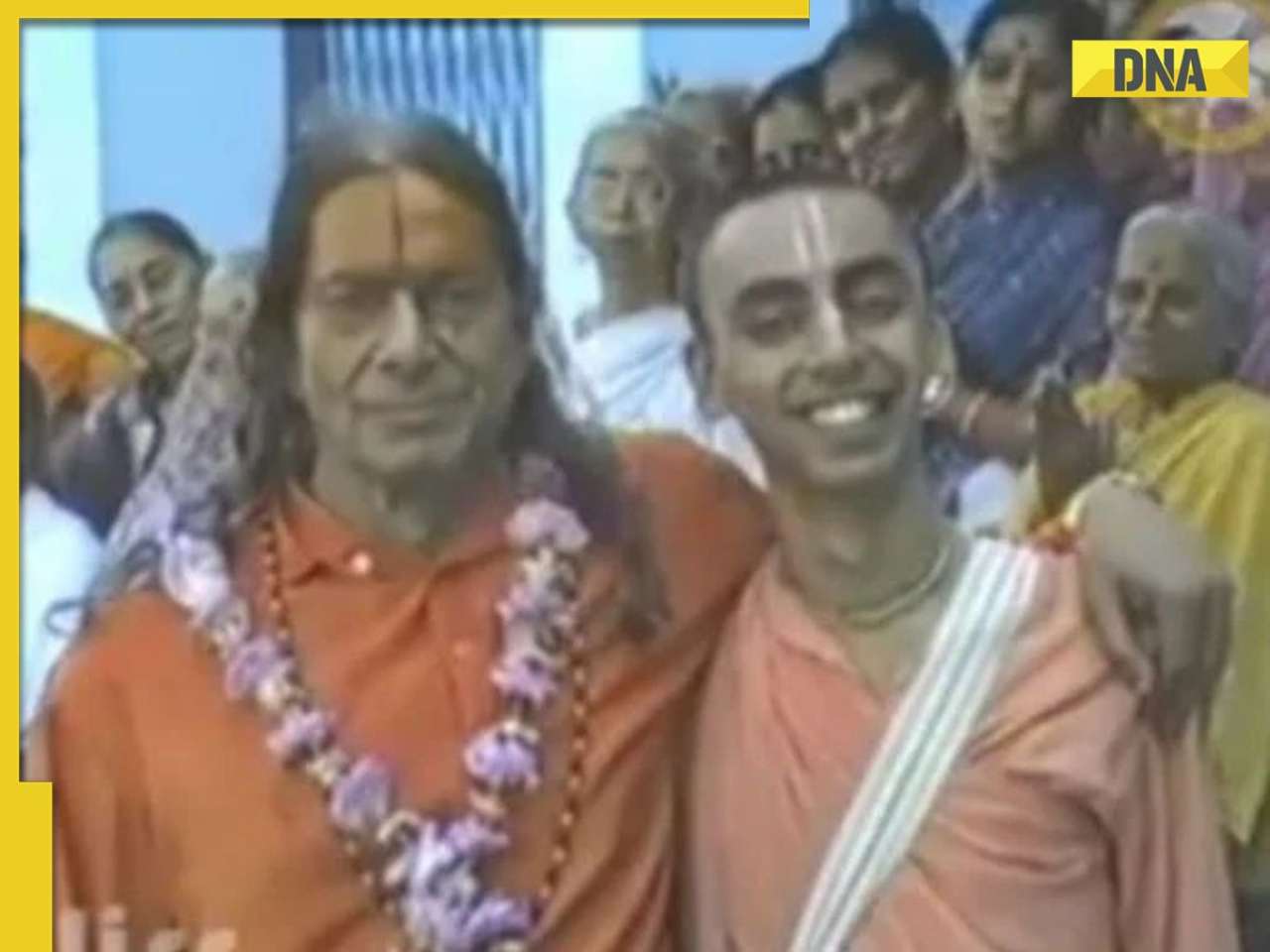






)
)
)
)
)
)
)
)
)
)
)
)
)
)
)
)





